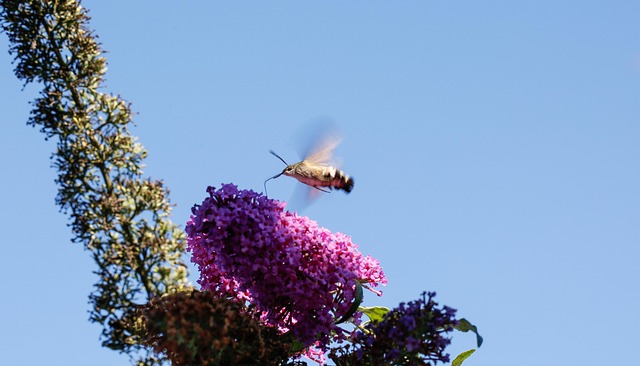Selecting pollinator friendly perennials for compact gardens
Planning a compact garden that attracts bees, butterflies and other pollinators is achievable with the right perennial choices and simple site adjustments. This overview covers container and vertical planting, soil and compost practices, water strategies, and plant selection to support biodiversity on a patio or small yard.

Small gardens and patios can become reliable havens for pollinators by focusing on perennial plants suited to limited space, predictable microclimates, and simple maintenance. Thoughtful planning—choosing appropriate perennials, improving soil with compost, and using containers or vertical structures—lets gardeners increase biodiversity without needing a large plot. This introduction outlines practical approaches for compact sites, including drought and irrigation considerations, edible options, and mulch strategies to keep plants healthy and attractive to pollinators.
Container and patio planting for pollinators
Containers are one of the most effective tools for compact gardens. Choose wide, deep pots with quality potting soil to support root systems of perennials and edible flowers. Grouping containers on a sunny patio can create nectar islands and allow for seasonal swapping of bloom-time plants. Use lightweight composite pots or glazed clay for better insulation, and consider self-watering containers or reservoirs to reduce maintenance. Strategic placement also creates microclimates—warmer corners or shaded alcoves—that can extend flowering and provide refuge for pollinators.
Vertical options for small spaces
Vertical planting expands usable area by using trellises, living walls, or stacked planters. Select compact, clinging perennials and small shrubs that flower on vines or short stems to attract pollinators without overwhelming the footprint. Vertical structures increase floral visibility, which can draw pollinators into the garden, and they help create layered habitats that support biodiversity. Ensure irrigation reaches upper levels and incorporate pockets of compost-rich soil in wall modules to sustain deeper-rooting perennials over time.
Soil, compost and mulch basics
Healthy soil supports stronger blooms and longer flowering periods. Incorporate well-aged compost into containers or planting beds to improve nutrient content and water retention. For tight spaces, use a high-quality potting mix amended with compost to keep soil light while supplying organic matter. Mulch around perennials to suppress weeds, moderate temperature, and conserve moisture—especially important in compact gardens where competition for water is higher. Organic mulches also gradually feed soil life, benefiting pollinators indirectly by improving plant vigor.
Choosing native perennials to support pollinators
Native perennials are often the most reliable choice for supporting local pollinators because they co-evolved with native insects. Prioritize species known to provide nectar, pollen, or larval host resources for bees, butterflies, and other beneficial insects. Mix bloom times—early, mid, and late season—to sustain pollinators throughout the year. When space is limited, pick compact varieties and combine a few multi-season bloomers with small shrubs or grasses to increase structural diversity and habitat value in a compact footprint.
Managing drought and irrigation needs
Compact gardens can heat up quickly and often need attentive irrigation. Use drip lines, soaker hoses, or self-watering containers to give consistent moisture without overwatering. Group plants with similar drought tolerance to simplify irrigation schedules. In drought-prone areas, choose drought-adapted perennials and improve soil with compost to enhance water retention. Mulch also reduces evapotranspiration. Regular, targeted watering supports long bloom periods, which benefits pollinators dependent on steady nectar sources.
Biodiversity, edible plants and microclimate
Integrating edible perennials—such as small fruits, herbs, and flowering vegetables—adds value for people while offering nectar and pollen for pollinators. Create microclimate niches by placing warm-loving species near sun-exposed walls and shade-tolerant plants in cooler corners. Even small shifts in temperature and wind protection influence bloom timing and pollinator activity. Aim for a diverse palette of flower shapes and colors to attract different pollinator groups and increase overall biodiversity within the compact garden.
Compact gardens can deliver meaningful pollinator benefits with careful plant selection and site management. By combining containers, vertical structures, healthy soil amended with compost, and thoughtful irrigation and mulch use, gardeners can maximize floral resources in limited space. Choosing native, drought-tolerant perennials and including edible options further supports biodiversity and yields ongoing seasonal interest with manageable maintenance requirements.





